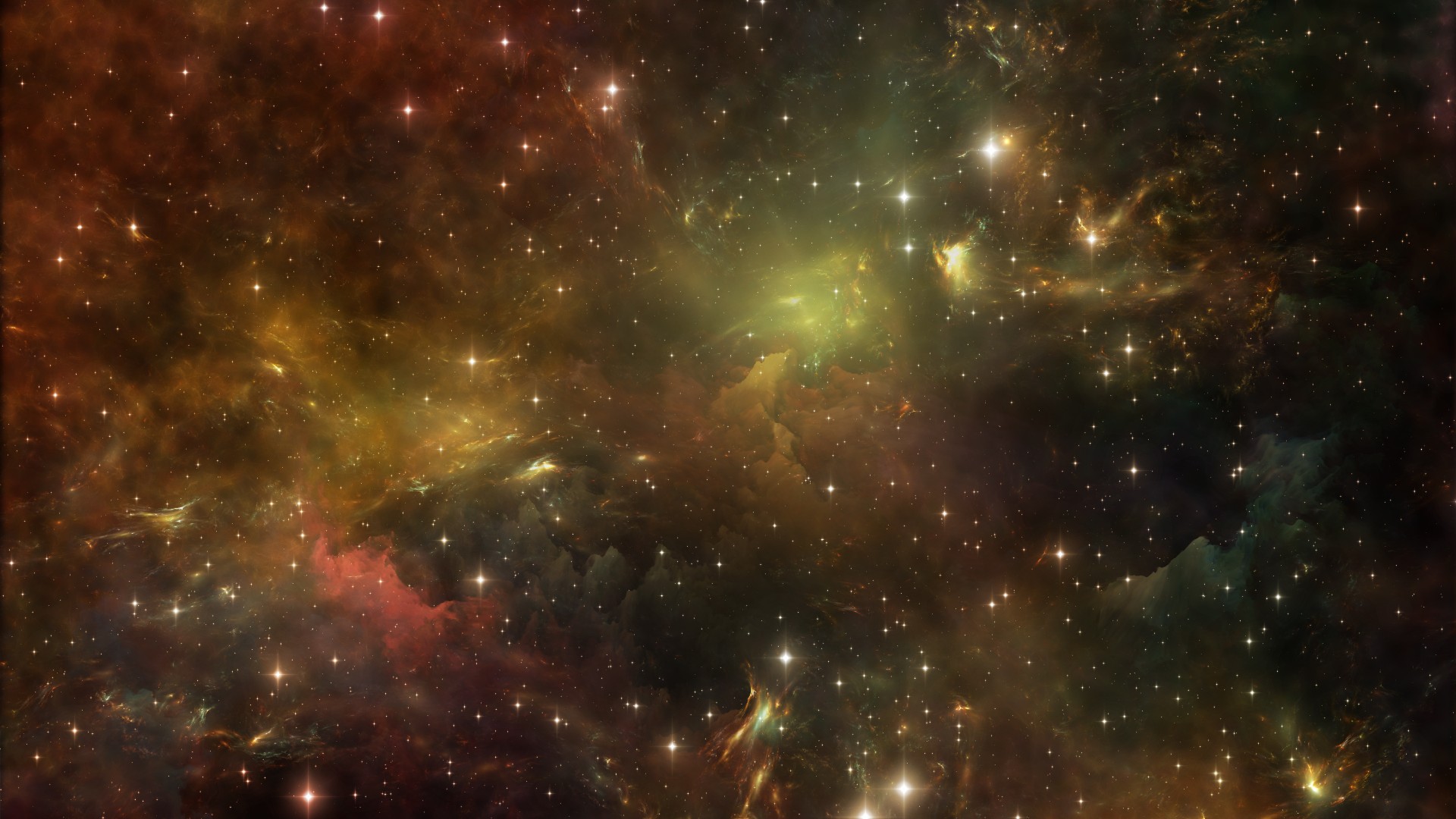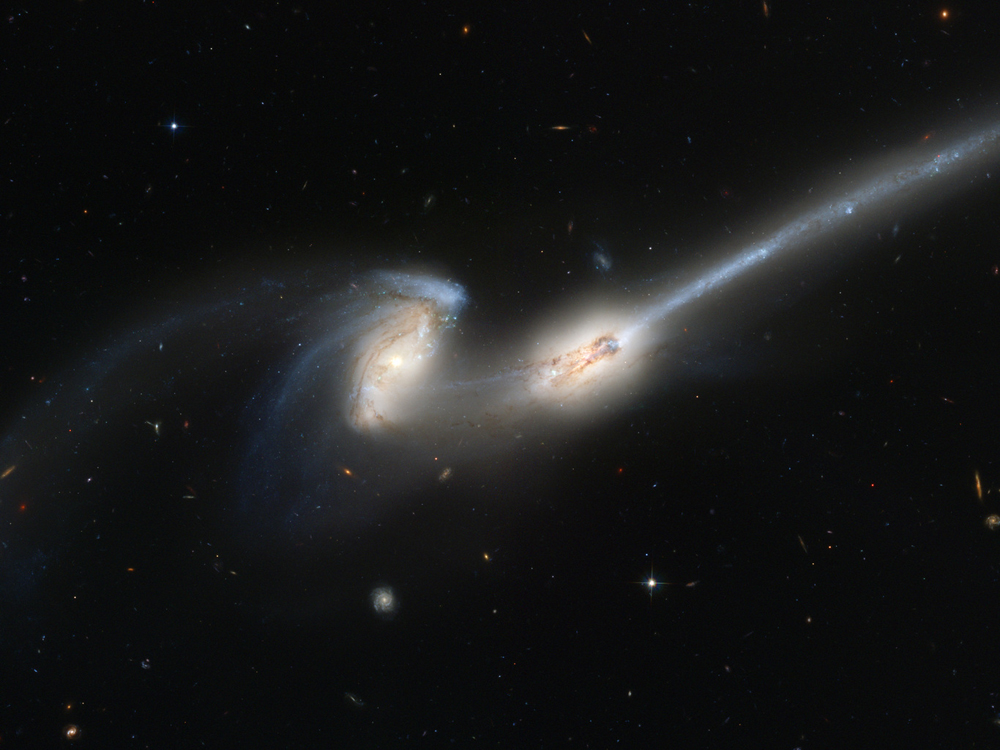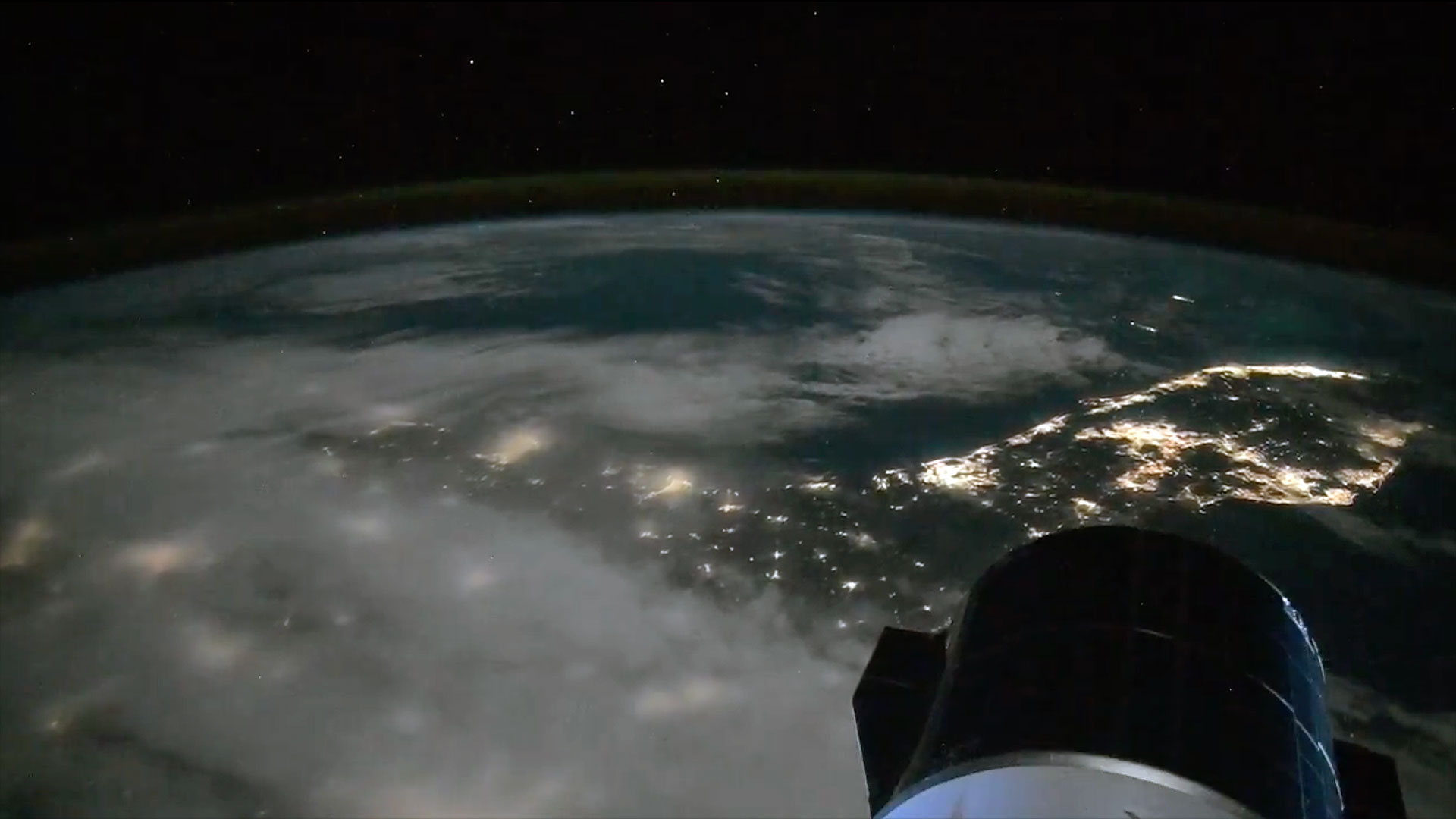We can measure dark energy across the universe in our own cosmic backyard
The Andromeda galaxy is on a collision course with the Milky Way, and scientists are using that to study dark energy.

Researchers have found a new way to measure dark energy — the mysterious force that is causing the expansion of the entire universe to accelerate — using data from our own cosmic backyard.
Ever since its discovery in the late 1990s, dark energy has become the premier problem in cosmology. In short, we have no idea what dark energy is. But whatever it is, it's directly responsible for the accelerated expansion of the universe, and cosmologists have devised a wide variety of tools to try to learn more about it.
For example, astronomers can study the brightness of distant supernova explosions to measure how quickly they are moving away from us. They can look back into the early days of the cosmos and determine the fundamental ingredients playing major roles back then. They can even map out the evolution of the largest structures in the universe, teasing out the effects of dark energy on that evolution.
Related: We have never seen dark matter and dark energy. Why do we think they exist?
The main challenge with all those techniques is that they require both deep and broad measurements, probing vast volumes of the universe. That makes sense; we don't feel the effects of dark energy in the solar system or even in the Milky Way galaxy, because overall, dark energy is a very weak effect and is easily swamped by the strong forces operating inside galaxies.
But now, a trio of researchers has found a way to use surprisingly small scales to measure dark energy. David Benisty, Anne-Christine Davis and N. Wyn Evans from the University of Cambridge discuss the technique in a paper accepted for publication in The Astrophysical Journal Letters and available as a preprint on arXiv. Benisty also discusses the technique in a seminar available on YouTube.
The technique is based on the fact that dark energy affects the relationships between every pair of galaxies. Galaxies naturally want to attract each other, pulling each other close with their strong gravity. But counteracting that natural impulse to clump together is dark energy itself, which acts like an antigravitational force that drives galaxies away from each other.
Breaking space news, the latest updates on rocket launches, skywatching events and more!
If galaxies are already close enough, then with enough time, they will overwhelm dark energy and crash together. But if they're too far apart, then their mutual gravitational attraction will never be enough to counteract dark energy, and they will be forever ripped apart.
The nearest galaxy to the Milky Way is the Andromeda galaxy, which sits about 2.5 million light-years away. The two galaxies are on a collision course and will eventually begin merging in about 5 billion years. But this collision won't be directly head-on. The two galaxies slowly orbit each other as they draw closer to each other, taking about 20 billion years to complete a full circuit — which means we won't even complete a single full orbit before the collision and merger begin.
The mutual gravitational attraction is far too strong for dark energy to stop that, but the researchers discovered that the presence of dark energy in the cosmos affects the orbit of the two galaxies around each other and the eventual impact time. So we can use measurements of the precise position and motion of Andromeda to get a handle on dark energy, without having to go out into the wider universe.
The technique is still in its infancy, however. To use Andromeda to measure dark energy, we must have excellent measurements of the mass of both the Milky Way and Andromeda. The more uncertain we are in those measurements, the less precise we can be about the impact of dark energy on our mutual orbit.
So, although the astronomers weren't able to deliver more precise measurements of dark energy, they hope that future refinements of the technique, plus applications to more pairs of colliding galaxies, will help us solve this perplexing dark energy mystery.

Paul M. Sutter is a cosmologist at Johns Hopkins University, host of Ask a Spaceman, and author of How to Die in Space.


